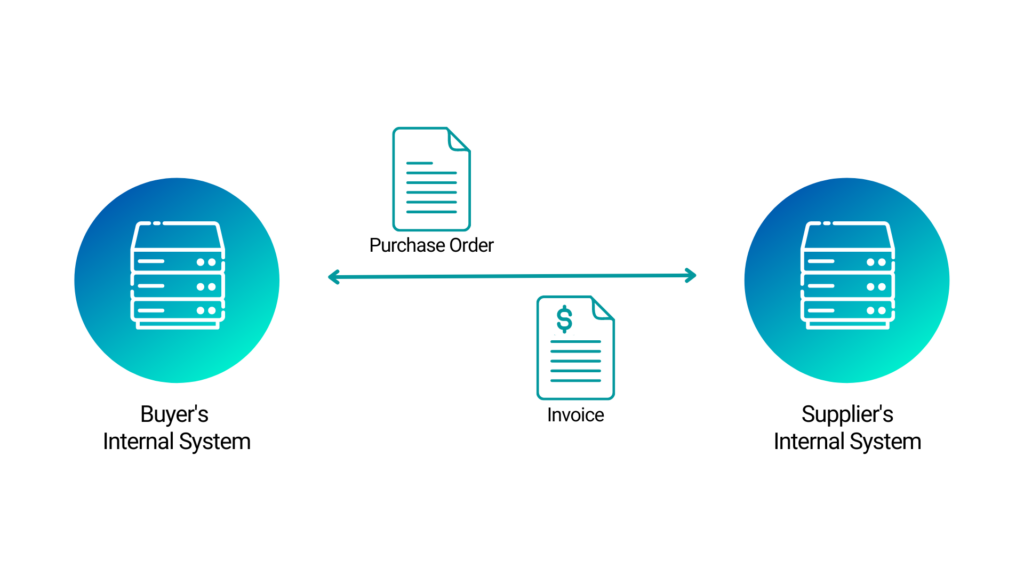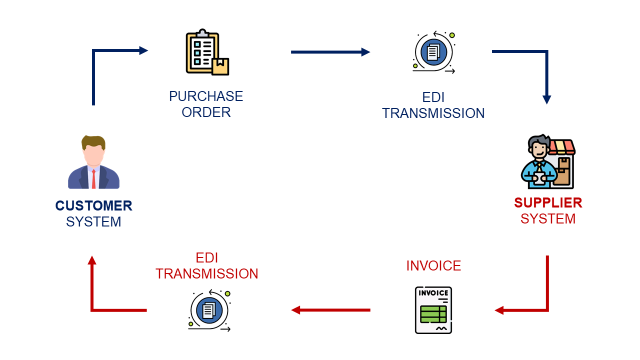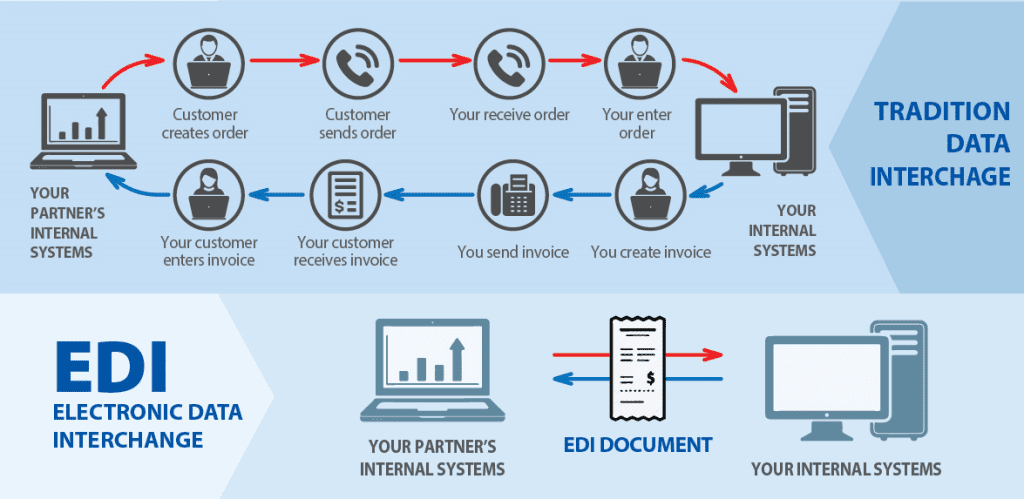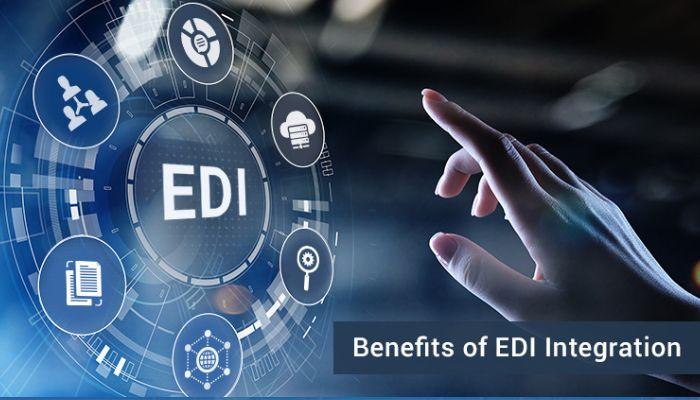Our services
ELECTRONIC DATA INTERCHANGE SERVICES (EDI)
In today’s fast-paced digital age, characterized by rapid technological advancements and global connectivity, the seamless exchange of electronic data is not just a convenience but a critical necessity for businesses worldwide
CHESS T GROUP
At the forefront of this digital transformation is our Electronic Data Exchange (EDX) service—an innovative solution engineered to streamline and secure the exchange of electronic data with unparalleled efficiency, reliability, and speed.
The EDX service represents a pivotal evolution in how businesses communicate and transact electronically.

Whether facilitating real-time financial transactions, sharing critical business documents across global supply chains, or transmitting sensitive healthcare information between providers, EDX ensures that data exchanges are conducted swiftly and securely.
By leveraging advanced encryption protocols, robust authentication mechanisms, and stringent data integrity measures, our EDX service safeguards sensitive information against unauthorized access, cyber threats, and data breaches, thereby instill confidence in both senders and recipients.

In addition to its security features, EDX is designed for scalability and interoperability, supporting seamless integration with existing enterprise systems and industry-standard protocols.
This compatibility empowers businesses across various sectors—from finance and healthcare to manufacturing and government—to optimize their operational workflows, enhance collaboration, and meet regulatory compliance requirements effortlessly.
As businesses navigate the complexities of a digital ecosystem, our EDX service stands ready to elevate data exchange capabilities, ensuring businesses remain agile, competitive, and resilient in an increasingly interconnected world.

Through our EDX service, businesses can embrace the future of electronic data exchange with confidence, knowing that their critical information is not only transmitted swiftly but also protected by state-of-the-art security measures.
Join us in embracing the transformative power of EDX to propel your organization towards greater efficiency, innovation, and success in the digital era

Benefits:
Features of Electronic Data Exchange (EDX)
In conclusion, the robust features of Electronic Data Exchange (EDX) combine advanced security, automation, compatibility, scalability, real-time tracking, and customization capabilities to transform data exchange processes. By embracing EDX, businesses can enhance data security, streamline operations, improve efficiency, and gain a competitive edge in today’s digital economy. Embrace EDX to unlock new possibilities for seamless and secure electronic data exchange, driving innovation and growth across your organization.
Our Implementation Process:
Additional Enhancements:
In addition to these core phases, our EDX implementation process incorporates several enhancements to ensure comprehensive and effective deployment;
Performance Optimization
Continuously monitor and optimize system performance through performance tuning, capacity planning, and scalability assessments to accommodate growing data exchange demands.
Compliance Assurance
Implement robust compliance monitoring and auditing mechanisms to ensure adherence to industry regulations, data protection laws, and organizational policies governing data exchange practices.
Continuous Improvement
Establish feedback mechanisms and post-implementation reviews to gather insights identify areas for enhancement, and drive continuous improvement initiatives for EDX functionality and usability.
By meticulously following these elaborate implementation processes and enhancements, we ensure that your organization achieves seamless integration, optimal performance, and maximum ROI from our Electronic Data Exchange (EDX) solution. Trust our expertise to guide you through each phase, from needs assessment to on-going support, and empower your business to excel in secure, efficient, and reliable electronic data exchange operations.
Conclusion:
The Electronic Data Exchange (EDX) service is a cutting-edge solution that enables businesses to exchange electronic data efficiently, securely, and reliably. With its numerous benefits, features, and industry applications, EDX is an indispensable tool for organizations seeking to improve productivity, reduce costs, and enhance collaboration. By implementing EDX, businesses can achieve significant advantages, leading to improved overall performance and competitiveness in the market.



